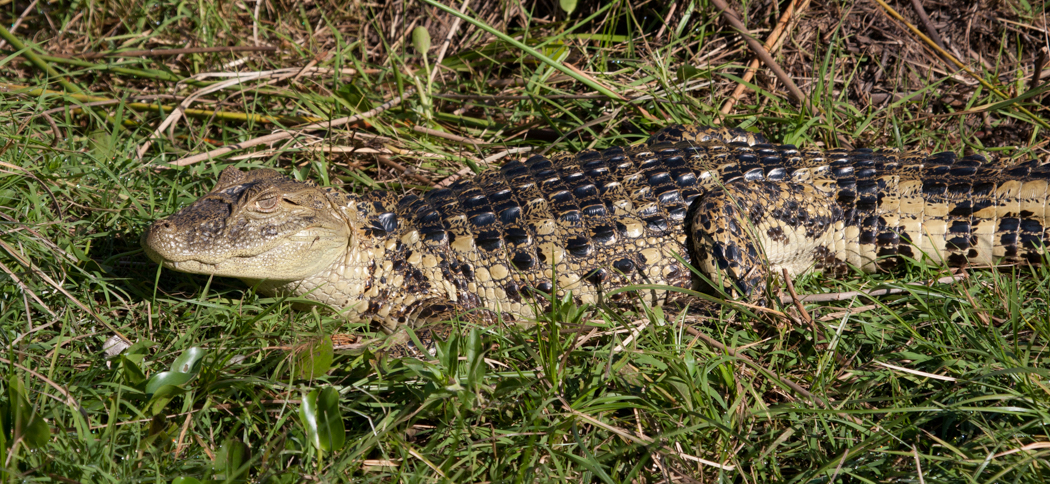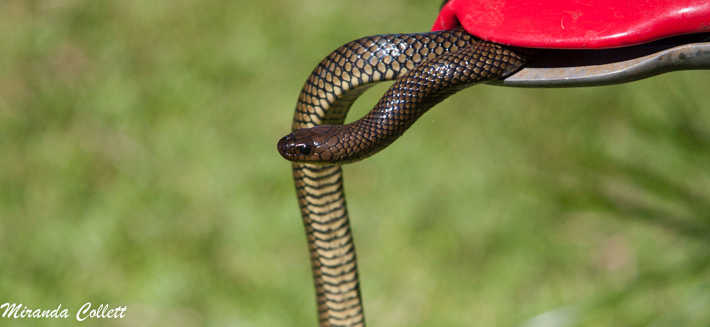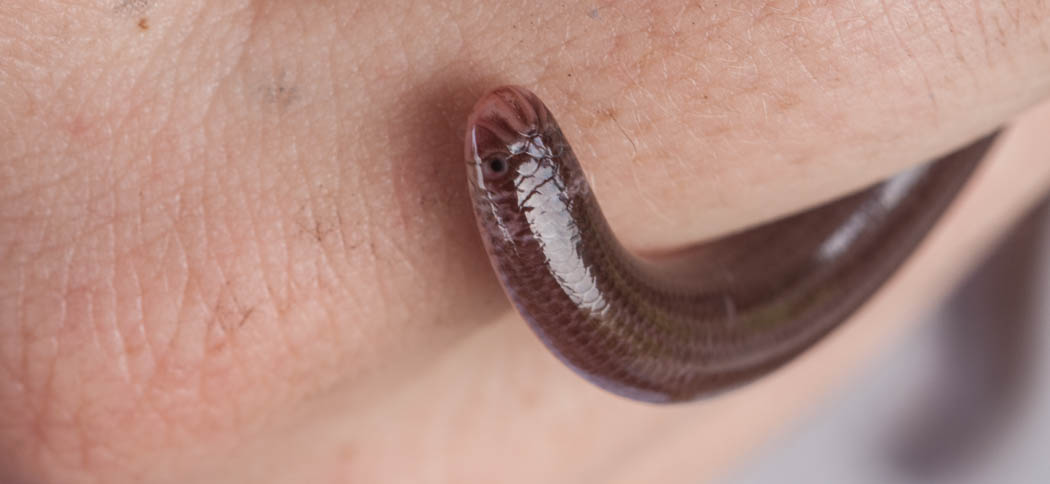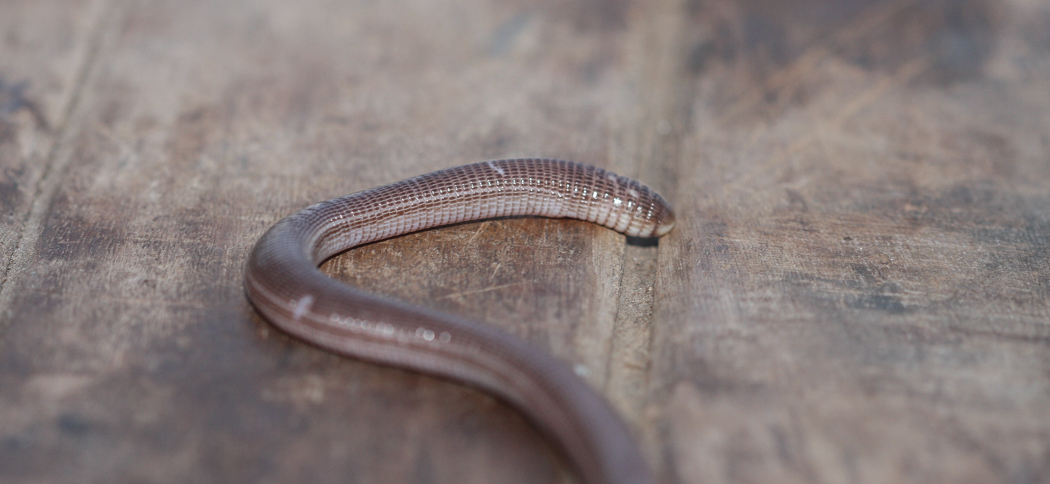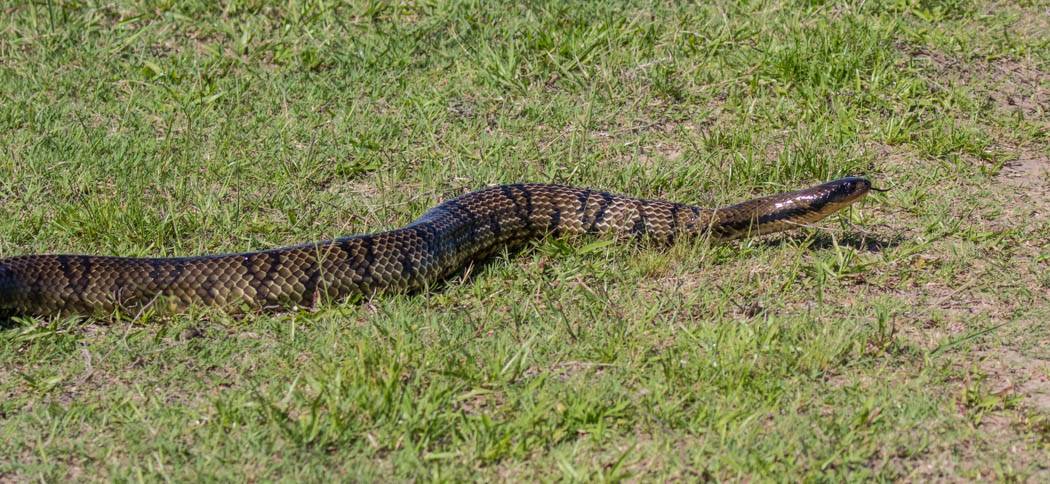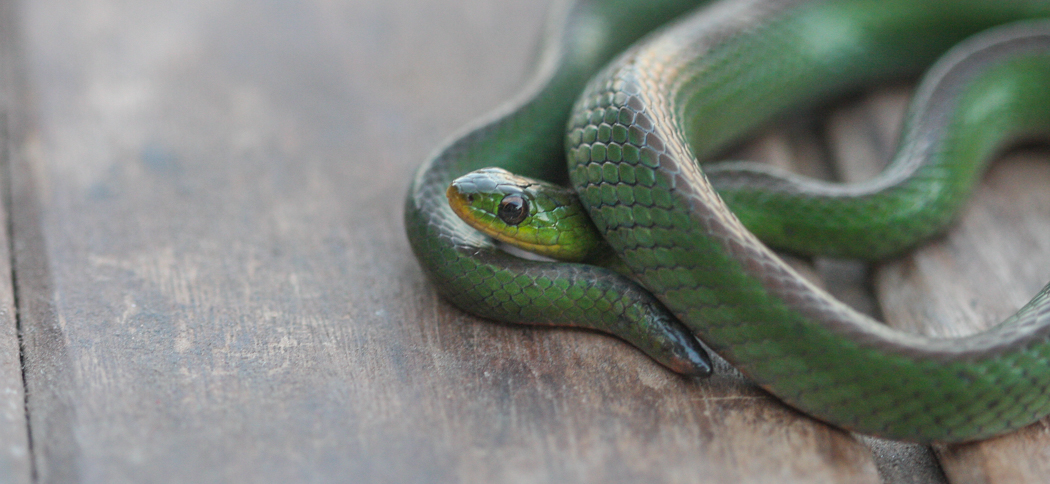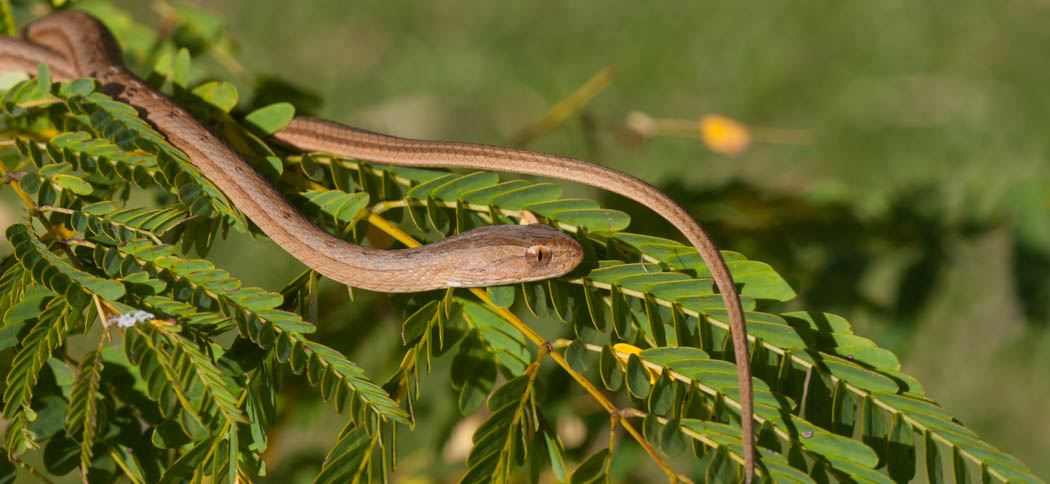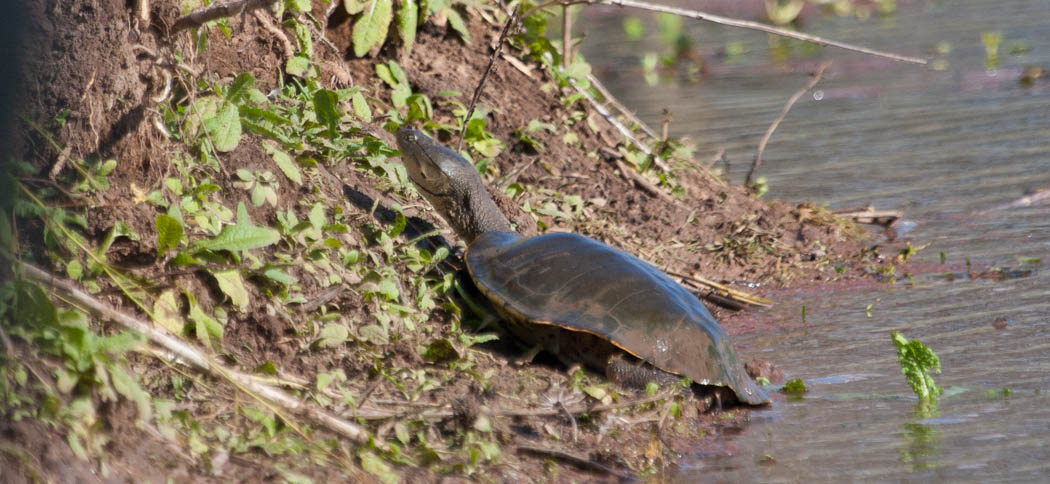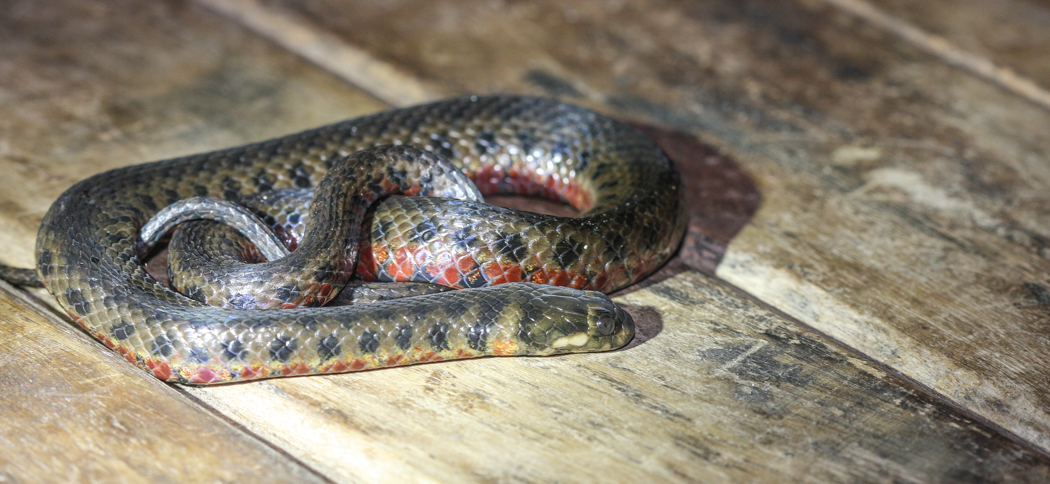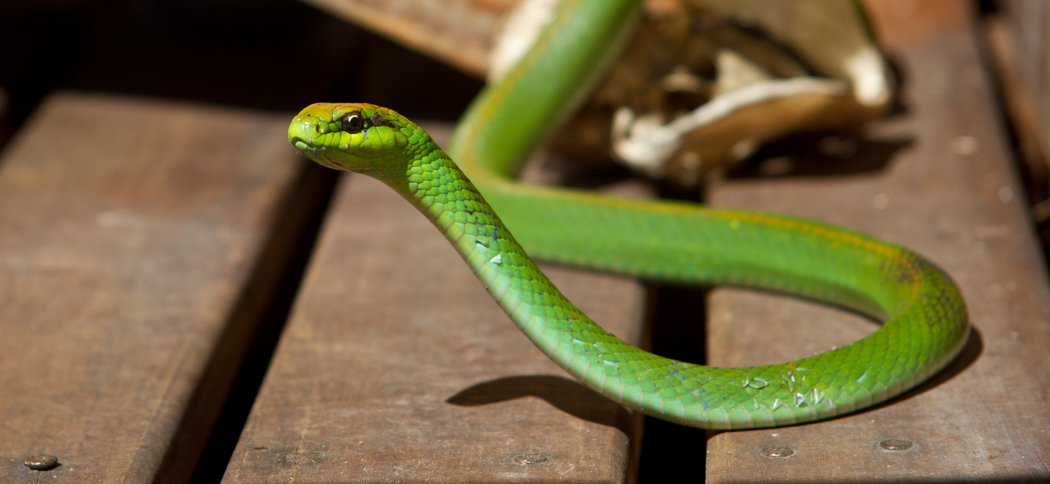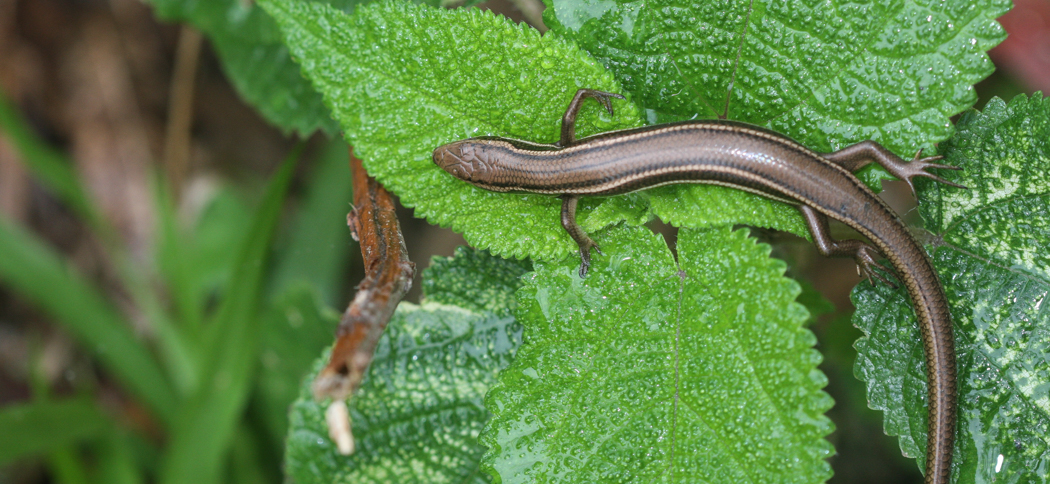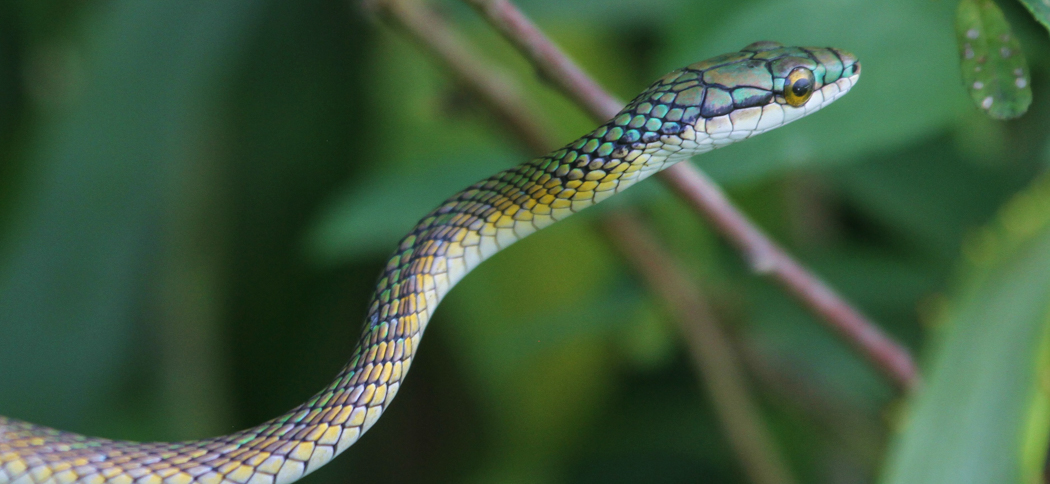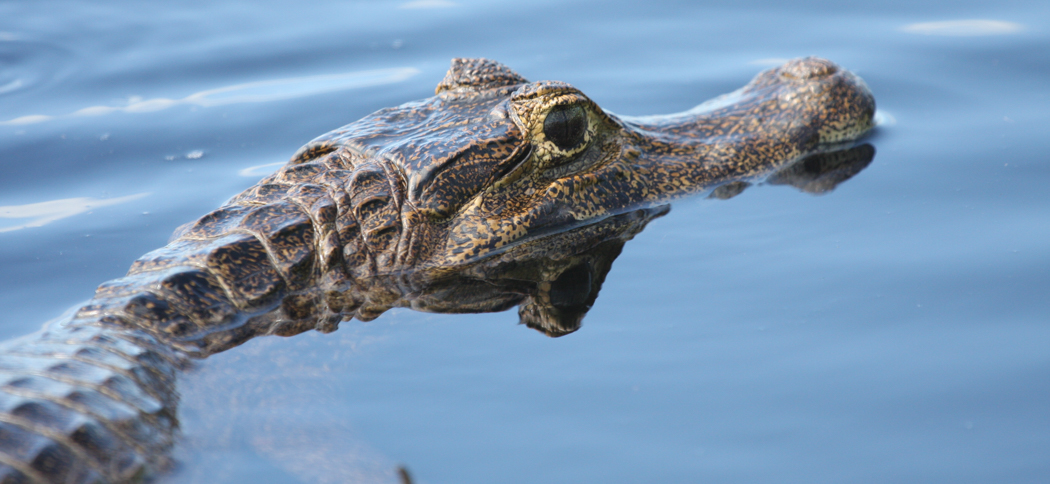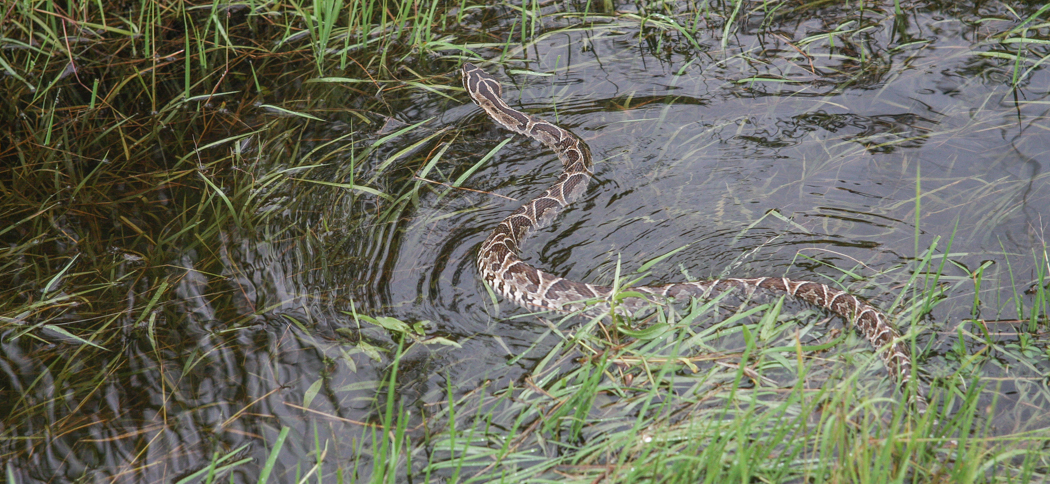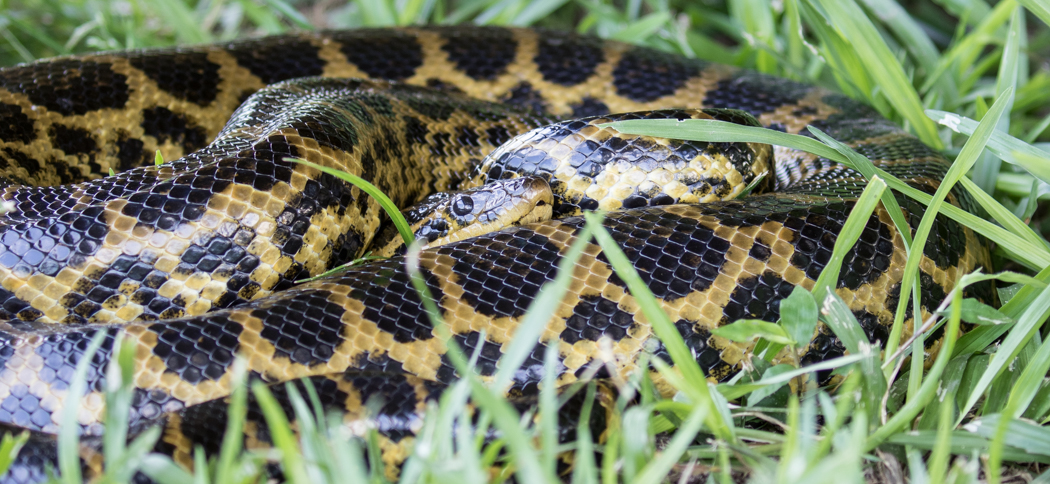
Strange Tails
We're delighted to have a strong population of strange-tailed tyrants at the reserve. So much so that we've adopted these beautiful and endangered birds as the symbol of the Trust
The growing diversity of the animals of Reserva Don Luis is a fresh source of delight every time we return. We don't play favourites, but it's impossible not to engage more with some of our more conspicuous guests. One of these is the strange-tailed tyrant. The male is stoic in his tolerance of one of nature's strangest - and it would seem least practical - adaptations. He's willing to suffer to be beautiful, and somehow manages to fly with tail feathers that were surely designed for a bird three times his size.
We love his perseverance; his resolution to succeed against challenge, and his ability to prove that anything is possible. He's appearing in growing numbers on the Reserva Do Luis, and his success has become an allegory for, and a symbol of, our own.
When we started the process of updating and redesigning our website, we wanted to adopt an image that symbolised our aims and our challenges. This brave little flycatcher, with his indomitable character, was the perfect choice.
The logo is a stylised profile of a male tyrant, silhouetted against the sunrise. We coloured the sun the blue of the Argentinian flag in honour of this country's beauty, its climate and the breathtaking span of magnificent animals that it nurtures.

Bat Research
Our bat team is conducting bat research both in the Ibera Marshes and in other provinces. We are especially concentrating on Misiones at the moment where we find the largest bat in Argentina, Chrotopterus auriitus and Myotis ruber, two species that we are researching.
Reptiles of Reserva Don Luis
Our reptile population is a fascinating mix of Cayman, lizards and snakes. Lizards and snakes tend to be shy and secretive, so one great excitement of the Reserve has been the frequency with which we're privileged to see them. The caymans are a regular sight, basking on the banks or cruising, semi-submerged, along the waterways.
The Spectacled Cayman is relatively common in the south of the reserve, and we occasionally see the Broad-snouted Caymen.
In December 2015 we were fortunate to have a couple of neighbours, Nestor and Olga, visit us and do a short survey on our amphibians. We are now back to being a wetland after the devasting drought of 2019-2023, and it is once again becoming a good time to look for these creatures that make a lot of noise, especially at night. Click here to see the list. During the drought the nights were almost silent which was eerie, but now the normal night amphibian sounds have returned.


